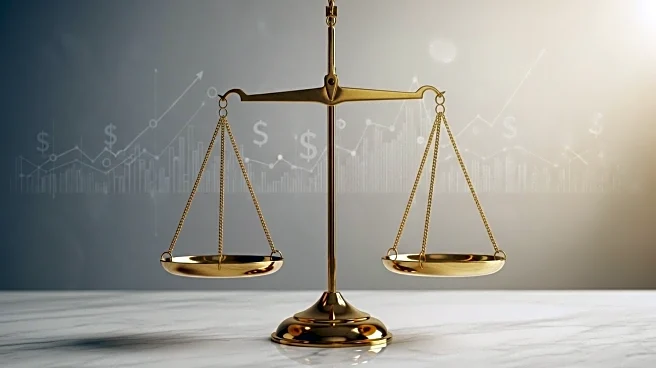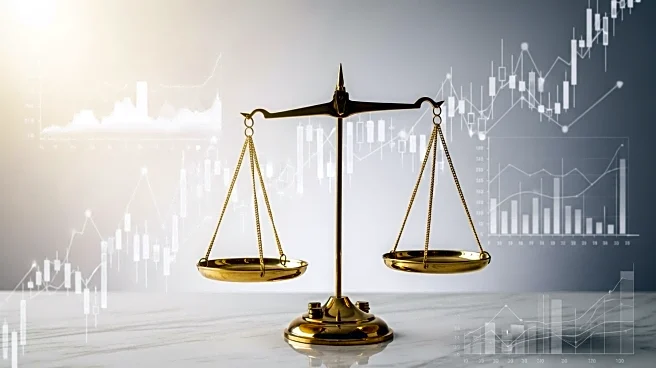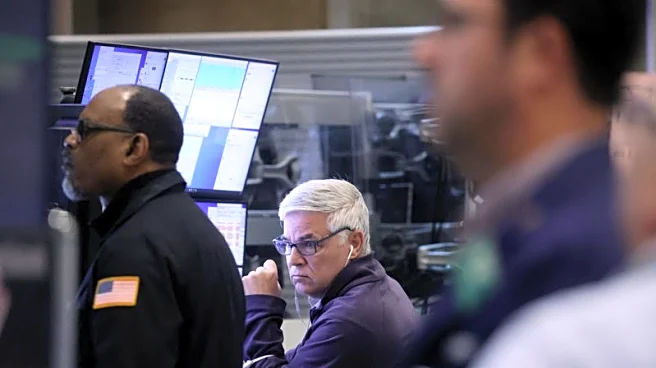What's Happening?
The Federal Reserve's September 2025 meeting minutes reveal that most officials supported further interest rate cuts due to rising concerns about unemployment. The central bank decided to reduce its key rate by a quarter-point, marking its first cut this year, to approximately 4.1%. The minutes indicate a division among the 19-person committee, with some members advocating for more aggressive cuts, while others caution against reducing rates too quickly due to persistent inflation concerns. Stephen Miran, appointed by President Trump, was the sole dissenter, favoring a half-point cut.
Why It's Important?
The Federal Reserve's decision to lower interest rates is significant for the U.S. economy, as it aims to address labor market challenges and stimulate growth. Rate cuts can reduce borrowing costs, encouraging spending and investment. However, the division among Fed officials highlights the complexity of balancing economic growth with inflation control. The outcome of these discussions could influence financial markets, consumer behavior, and the broader economic landscape, with stakeholders closely monitoring the Fed's policy direction.
What's Next?
The Federal Reserve will continue to assess economic conditions, including labor market data and inflation trends, to determine the necessity and timing of further rate cuts. The ongoing government shutdown may delay the release of key economic reports, complicating the Fed's decision-making process. Stakeholders, including businesses and policymakers, will be watching for signals from the Fed regarding its future monetary policy direction and potential impacts on interest rates and economic growth.
Beyond the Headlines
The Fed's deliberations underscore the challenges of setting monetary policy amid uncertain economic conditions. The differing views among committee members highlight the complexity of balancing growth and inflation risks. The potential for further rate cuts raises questions about the long-term implications for inflation, financial stability, and the Fed's ability to respond to future economic shocks.











